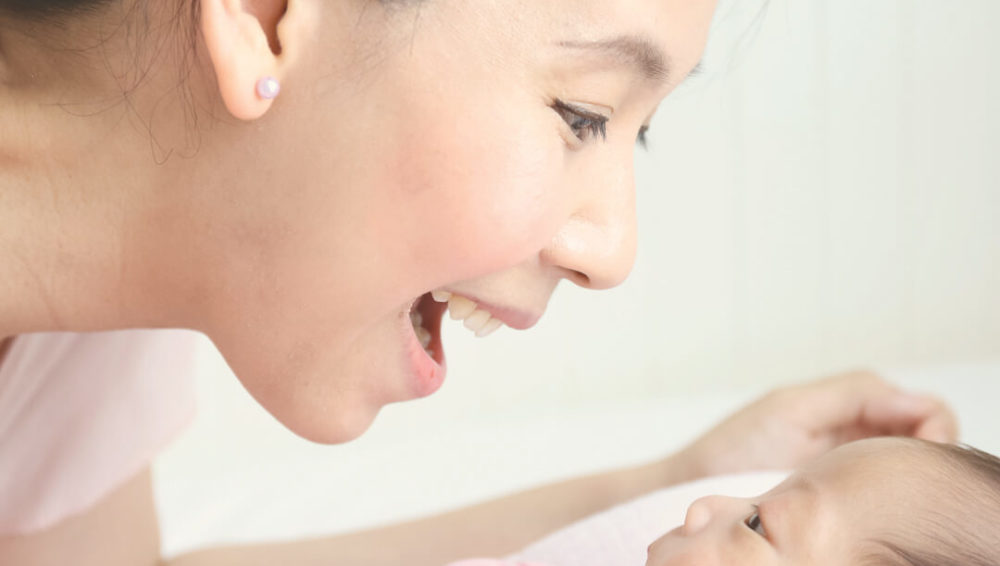How you can shape your child’s future
Early Childhood Development

Do you want Your Child to have strong relationships later in life? This famous theory in psychology explains how your child’s attachment to you shapes your child’s relationship with others later in life.
The attachment theory
The attachment theory argues that a strong emotional and physical bond to one primary caregiver in our first years of life is critical to our development. If our bonding is strong and we are securely attached, then we feel safe to explore the world. We know there is always that safe base, to which we can return anytime.
If our bond is weak, we feel insecurely attached. We are afraid to leave or explore a rather scary-looking world. Because we are not sure if we can return.
Benefits of secure attachment
People who are securely attached are said to have greater trust, can connect to others and as a result, are more successful in life.
3 Styles of insecure attachment
Insecurely attached people tend to mistrust others, lack social skills, and have problems forming relationships. There are 3 types of insecure attachments:
- Anxious/Ambivalent
- Anxious/Avoidant
- Anxious/Disorganized
In response to distress, the first 2 react organized, while the last type acts disorganized.
The problems of insecure attachment:
Besides having trust issues and relationship problems, people with insecure attachment styles are more likely to have health problems.
It is believed that our attachment is formed in the very first years of our lives, a time when children are too young to communicate their anxiety and as a result can experience high levels of stress. Then their adrenal gland – an organ sitting on top of our kidneys – produces the stress hormones adrenaline and cortisol. The heart rate increases, the blood pressure goes up and children become alert. If that happens frequently, it is called toxic stress. Toxic, because it impairs the development of a child’s brain, and weakens the immune system. In embryos or at a very young age, toxic stress can even switch the expressions of genes, which can affect our health many decades later.
Assessing attachment
By simulating a so-called Strange Situation Test, we can assess an attachment style, already by the age of one. To do this, we let the child play with their mothers for a few minutes inside a room. Then the child is left alone. The key moment is the child’s reaction when her mother returns. Securely attached children first usually hug their mother, then can calm down and eventually get back to playing. Insecurely attached children can be ambivalent and avoidant. Some can’t stop crying or refuse to continue playing.
Long-term effects
The long-term effects of our attachment in the early years are well documented. Using the theory, researchers at Minnesota University were able to predict already at age 3, if a child would drop out of high school with 77% accuracy.
How to build a secure attachment
Mothers or caregivers can help build a positive attachment style by answering the baby’s needs when he calls, making sure you will always be there to support his physical and emotional needs.
Read More: Watch Sprouts Video about this topic
Sources:
- Feelings of parental caring predict health status in midlife: A 35-year follow-up of the Harvard Mastery of Stress Study, Elsevier B.V
- Conceptualizing the Role of Early Experience: Lessons from the Minnesota Longitudinal Study, National Center for Biotechnology Information
- Attachment Theory, Psychologist World



